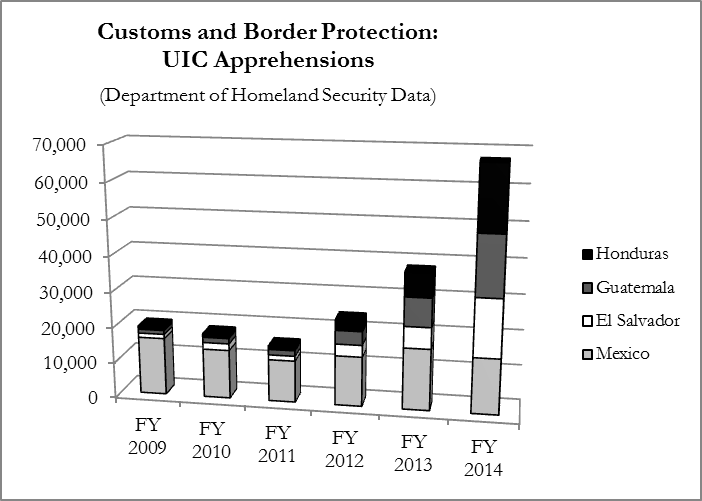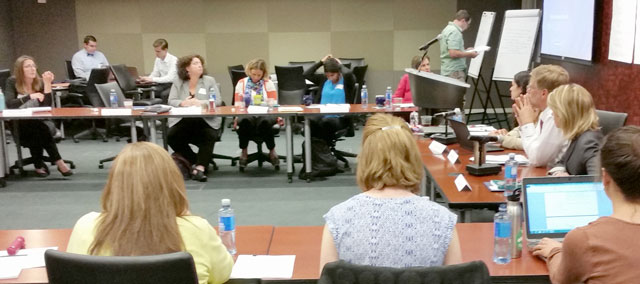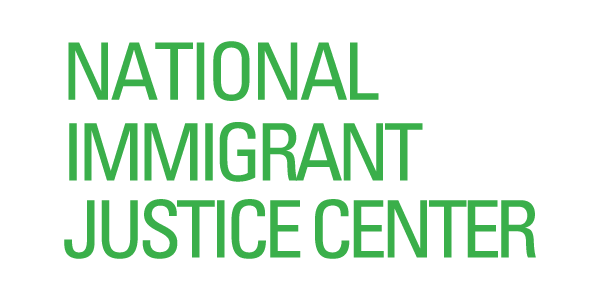The demand for legal representation of unaccompanied immigrant children in immigration court has skyrocketed since 2013. While there is broad agreement that immigrant children need to have an attorney to ensure a meaningful day in court, children neither have the right to court appointed counsel, nor are there sufficient funds to represent all children. Although there has been an increase in federally funded programs for legal representation for children, these funds come with restrictions. Legal aid organizations are strained to respond to the demand and many have had to quickly increase staffing, generally hiring younger attorneys with limited experience. With the influx of children over these last few years, additional challenges have arisen relating to immigrant children’s legal claims and the need for social services.
Given resource constraints and the ad-hoc nature of the system that has grown to represent unaccompanied children, legal aid organizations have relied in large part on recruiting, training and supporting pro bono attorneys to expand representation of children in immigration proceedings. Despite these barriers, legal aid organizations and the pro bono community are committed to providing quality legal representation to as many children as possible.
In June 2015, one year after the influx, expert practitioners from legal service organizations serving immigrant children across the country, as well as pro bono attorneys and experts in children’s law, convened in Chicago to discuss best practices for managing these larger caseloads, emerging legal and practical issues, and commonly encountered challenges in the current, post-influx landscape. Prior to convening, the National Immigrant Justice Center (NIJC) surveyed participants about existing and emerging best practices and gathered examples of common challenges and solutions from participants. This manual was created in the wake of the convening, and offers best practices to advocate for protecting children’s best interests through the provision of legal representation in a very challenging field. Its chapters include valuable guidance for practitioners on the following issues:
- Building and Maintaining a Legal Team: Recruiting, Onboarding and Retaining Staff
- Leveraging Volunteers: Recruiting, Training, Supporting and Retaining Pro Bono Attorneys
- Customizing Documents for Children
- Striking the Balance: Emerging Legal Issues and Case Prioritization
- The Lawyer’s Role in Anticipating and Responding to the Social Service Needs of Children
- Anticipating and Contending with Conflicts and Ethical Challenges
The authors of each section, as well as the convening participants whose experiences and insights have been incorporated therein, each have significant experience representing unaccompanied immigrant children and have managed programs providing legal services through the use of pro bono attorneys. These pro bono attorneys also contributed to this manual, drawing on their experiences in many cases. This manual is not meant to serve as a training curriculum or step-by-step guide on representing children in immigration proceedings, nor should it be taken as legal advice for any particular case or situation. Rather, it seeks to respond to issues that have emerged for those in the field who have been responding to the recent influx of children, and offer suggested best practices.
The manual is designed for easy reference for legal aid organizations and pro bono attorneys and also is accessible online at immigrantjustice.org/UICBestPractices, including links to additional information, templates and materials useful for the representation of unaccompanied immigrant children.


Data source: Department of Homeland Security
Acknowledgements
NIJC thanks the following organizations and individuals:
- Convening participants: Lenni Benson; New York Law School Safe Passage Project; Juliann Bildhauer, Kids in Need of Defense (KIND); Bruce Boyer, Loyola University Chicago School of Law; Rocio Castaneda, The Florence Immigrant & Refugee Rights Project (FIRRP); Molly Castillo-Keefe, Heartland Alliance International;Tatyana Delgado, U.S. Committee for Refugees and Immigrants (USCRI); Sarah Diaz, The Young Center for Immigrant Children's Rights;Steve Fus, United Airlines, Inc.;Martin Gauto, Catholic Legal Immigration Network, Inc. (CLINIC); James Grogan, Illinois Attorney Registration & Disciplinary Commission;Meredith Linsky, American Bar Association Commission on Immigration; Nithya Nathan, Capital Area Immigrants’ Rights (CAIR) Coalition; Melva Perez, Refugee and Immigrant Center for Education and Legal Services (RAICES);Susan Reed, Michigan Immigrant Rights Center (MIRC); Trisha Rich, Holland & Knight; Elizabeth Sanchez Kennedy, Catholic Charities Legal Services of Miami;Eve Stotland, The Door Inc.’s Legal Services Center;Claire Thomas, New York Law School Safe Passage Project;Hayley Upshaw, Legal Services for Children (LSC);Angela Vigil, Baker & McKenzie LLP; and Ben Weinberg, Dentons US LLP.
- Special thanks to chapter authors and contributors Meredith Linsky, Claire Thomas, Hayley Upshaw, and Rebecca Scholtz.
- The Heartland Alliance’s National Immigrant Justice Center (NIJC) staff who contributed to this project: Alexandra Fung, Ashley Huebner, Lisa Koop, Mary Meg McCarthy, Alek Suni, and Tara Tidwell Cullen. NIJC, a nongovernmental organization with offices in Chicago, Indiana, and Washington, D.C., is dedicated to ensuring human rights protections and access to justice for all immigrants, refugees, and asylum seekers through a unique combination of direct services, policy reform, impact litigation and public education.

Image and photo credits:
Main menu images were obtained via The Noun Project.
Credits: Image credits: Aha-Soft, Gilbert Bages, Eric Bird, Chris Cole, Wilson Joseph, and Luis Prado
All photographs in this manual are from the National Immigrant Justice Center (NIJC); hand-drawn artwork was created by children represented by NIJC.

